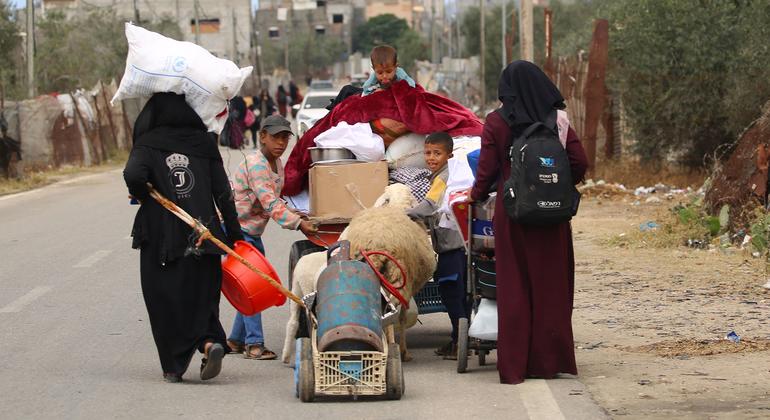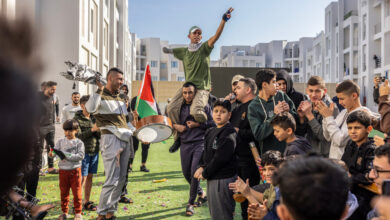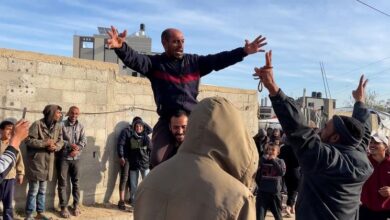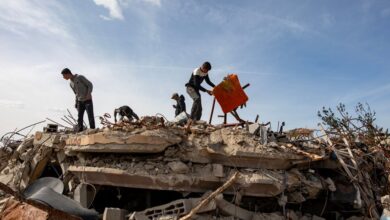Gaza: Nearly 800,000 people have to leave Rafah


“Once again, almost half of Rafah’s population or 800,000 people are on the road,” Commissioner General Philippe Lazzarini wrote in a post on social media platform X. formerly Twitter.
He said that after the evacuation order requiring people to flee to so-called safe zones, people mainly went to middle-class areas in Gaza and Khan Younis, including destroyed buildings.
There are no safe or protected passageways
“When people move, they are exposed to danger, with no safe passage or protection,” he said. “They have to start from scratch every time.”
Mr. Lazzarini said the areas where people had to evacuate had no clean water supply or sanitation facilities.
He cited the example of Al-Mawassi, describing it as “a 14 square kilometer area of sandy agricultural land where people were left out in the open There are few or no buildings or roads.”
The town, located on Gaza’s southern coast, “lacks the minimum conditions to provide emergency humanitarian assistance in a safe and dignified manner.”
He said that more than 400,000 people lived in Al-Mawassi before the recent escalation, but now it is “crammed and cannot accommodate more people,” the same in Deir al Balah.
‘There is no safe place’
“Claims that people in Gaza can move to ‘safe’ or ‘humanitarian’ areas are false. Each time, it has put the lives of civilians in serious danger.” Mr. Lazzarini stated.
“Gaza has no safe zone” he added. “No place is safe. No one is safe.”
The situation was once again made much worse by lbasic humanitarian aid and supplies packagehe continued, noting that humane There are no more supplies left to distribute, including food and other basic items.
Meanwhile, key crossings into Gaza remain closed or unsafe to access because they are located near or in the war zone. Mr. Lazzarini also emphasized the urgent need for fuel, which is essential for aid distribution.
Important road routes
He said only 33 aid trucks had arrived in southern Gaza since May 6 – “a small amount given the growing humanitarian needs and mass displacement.”
“While we welcome reports of the first shipments arriving at the new floating port, land routes remain open the most feasible, effective, efficient and safe method of providing aid,he say.
Earlier on Saturday, the Office of the United Nations Spokesperson said the World Food Program (WFP) confirmed that 10 truckloads of food were transported to its warehouse the previous day via a floating dock installed by the US military.
“Some shipments included high-energy biscuits for WFP distribution, but also goods for other humanitarian partners to distribute, including rice, pasta and lentils,” the note said.
Mr. Lazzarini emphasized that land border crossings into Gaza must be reopened and safe access must be ensured. “Without reopening these routes, the lack of assistance and dire humanitarian conditions will continue,” he said.
Cease fire now
He emphasized the obligations of all parties to the conflict, starting with the rapid and unhindered delivery of humanitarian aid to all civilians in need, regardless of their location.
“Displaced people must have access to basic survival items, including food, water and shelter, as well as hygiene, health, support and above all safety,” he said.
Humanitarian relief teams also need to move safely and freely to reach people in need and be protected wherever they are, and they also have a duty to protect civilians and objects. civilians everywhere.
“Above all, it is time to agree to a ceasefire,” he concluded.
Any further escalation in the war will only further devastate civilians and make it ultimately impossible to achieve the peace and stability that Israelis and Palestinians so desperately need and deserve.”




